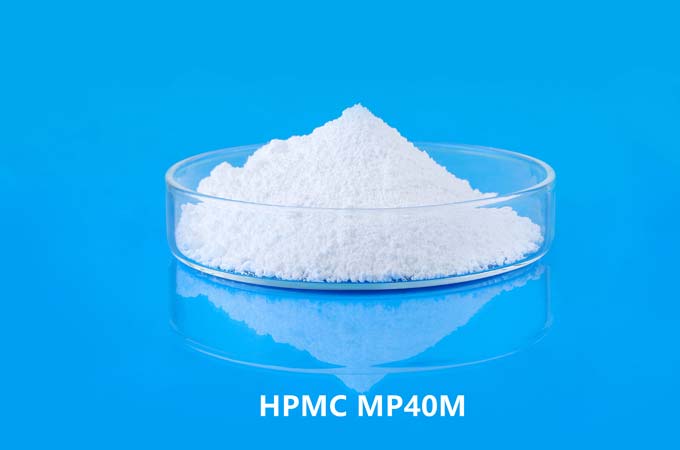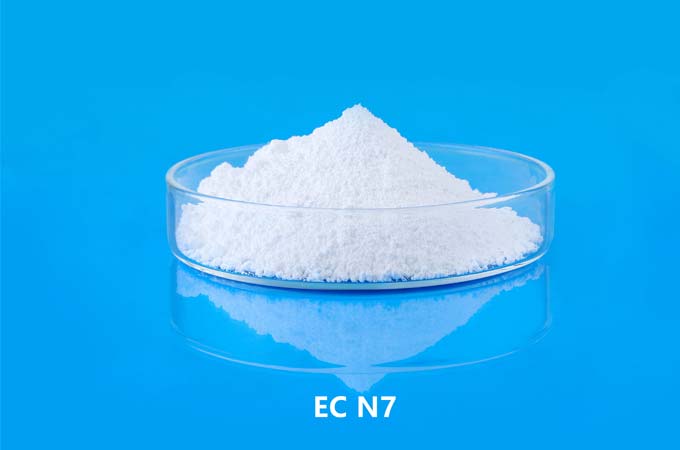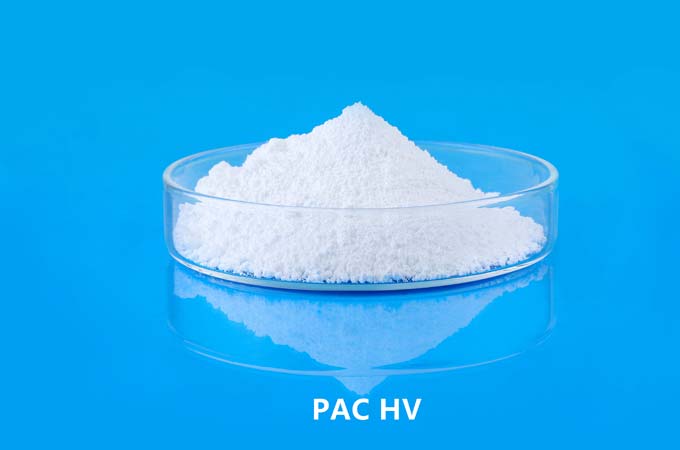Carboxymethyl cellulose (sodium carboxyme thyl cellulose, CMC) is a carboxymethylated derivative of cellulose, also known as cellulose gum, and is the most important ionic cellulose gum.
CMC is usually an anionic polymer compound prepared by reacting natural cellulose with caustic alkali and monochloroacetic acid. The molecular weight of the compound varies from several thousand to one million.
CMC is widely used in petroleum, geological, daily chemical, food, pharmaceutical and other industries, known as "industrial monosodium glutamate".
CMC is a white or light yellow powder, granular or fibrous solid. It is a macromolecular chemical substance that can absorb water and swell. When it swells in water, it can form a transparent viscous glue. The pH of the aqueous suspension is 6.5-8.5. The substance is insoluble in organic solvents such as ethanol, ether, acetone and chloroform.
Solid CMC is relatively stable to light and room temperature, and can be stored for a long time in a dry environment. CMC is a kind of cellulose ether, usually made of short cotton linters (cellulose content up to 98%) or wood pulp, treated with sodium hydroxide and then reacted with sodium monochloroacetate, the molecular weight of the compound is 6400 (± 1000). There are usually two preparation methods: water-coal method and solvent method. There are also other plant fibers that are used to make CMC.
Features and Applications
CMC is not only a good emulsification stabilizer and thickener in food applications, but also has excellent freezing and melting stability, and can improve the flavor of the product and prolong the storage time.
In 1974, the Food and Agriculture Organization of the United Nations (FAO) and the World Health Organization (WHO) approved the use of pure CMC in food after rigorous biological and toxicological research and tests. The safe intake (ADI) of the international standard is 25mg/ kg body weight/day.
Thickening and emulsion stability
Eating CMC can emulsify and stabilize beverages containing fat and protein. This is because CMC becomes a transparent stable colloid after being dissolved in water, and the protein particles become particles with the same charge under the protection of the colloidal membrane, which can make the protein particles in a stable state. It has a certain emulsifying effect, so it can reduce the surface tension between fat and water at the same time, so that fat can be fully emulsified.
CMC can improve the stability of the product, because when the pH value of the product deviates from the isoelectric point of the protein, sodium carboxymethyl cellulose can form a composite structure with the protein, which can improve the stability of the product.
Increase bulk
The use of CMC in ice cream can increase the expansion degree of ice cream, improve the melting speed, give a good shape and taste, and control the size and growth of ice crystals during transportation and storage. The amount used is 0.5% of the total Proportioned addition.
This is because CMC has good water retention and dispersibility, and organically combines protein particles, fat globules, and water molecules in the colloid to form a uniform and stable system.
Hydrophilicity and Rehydration
This functional property of CMC is generally used in bread production, which can make the honeycomb uniform, increase the volume, reduce dregs, and also have the effect of heat preservation and freshness; noodles added with CMC have good water holding capacity, cooking resistance, and good taste.
This is determined by the molecular structure of CMC, which is a cellulose derivative and has a large number of hydrophilic groups in the molecular chain: -OH group, -COONa group, so CMC has better hydrophilicity than cellulose and water holding capacity.
Gelation
Thixotropic CMC means that the macromolecular chains have a certain amount of interactions and tend to form a three-dimensional structure. After the three-dimensional structure is formed, the viscosity of the solution increases, and after the three-dimensional structure is broken, the viscosity decreases. The thixotropy phenomenon is that the apparent viscosity change depends on time.
Thixotropic CMC plays an important role in the gelling system and can be used to make jelly, jam and other foods.
Can Be Used As Clarifier, Foam Stabilizer, Increase Mouthfeel
CMC can be used in wine production to make the taste more mellow, rich and long aftertaste; it can be used as a foam stabilizer in beer production to make the foam rich and long-lasting and improve the taste.
CMC is a kind of polyelectrolyte, which may be involved in various reactions in wine to maintain the balance of the wine body. At the same time, it also combines with the crystals that have formed, changing the structure of the crystals, changing the conditions of the existence of crystals in wine, and causing precipitation. The aggregation of things.
 English
English 日本語
日本語 français
français Deutsch
Deutsch Español
Español italiano
italiano русский
русский português
português العربية
العربية Türkçe
Türkçe Nederland
Nederland



